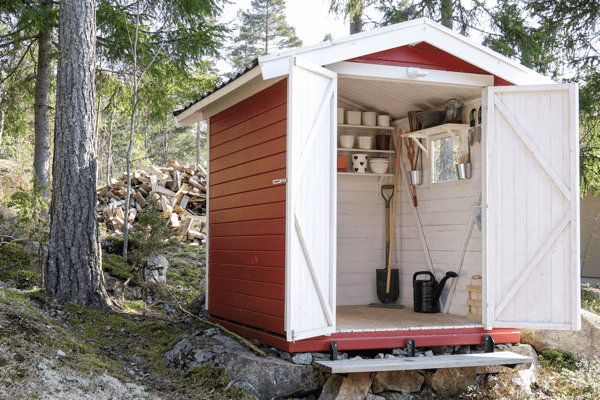
Homeowners insurance is not one-size-fits all. Policies can be custom-tailored to suit individual needs. However, the majority of homeowners insurance policies include coverage for other structures on the property to help repair or replace structures that have been damaged by a covered risk.
What Is Homeowners Insurance?
Homeowners insurance is a policy purchased by a homeowner and consisting of coverages to replace or repair the home and belongings if they are damaged by certain covered perils, including fire or theft. It may also help cover costs incurred in case visitors are injured on the property or you damage another person’s property accidentally.
What Is Covered by Homeowners Insurance?
Although each homeowners policy is different, this type of insurance typically covers:
- The dwelling
- Personal property
- Other structures on the property
- Liability
In addition to the above, you may be able to buy additional coverage for greater protection. Most homeowners policies cover damage caused by lightning, windstorms, fire, and hail. You will need to purchase additional insurance for protection against earthquakes or flooding.
What Is Other Structures Homeowners Insurance Coverage?
Coverage for other structures in a homeowners policy helps repair or replace structures on the property other than the home itself, provided they are damaged by a covered risk. For example, if a windstorm causes a tree branch to fall on and damage a detached shed on your property, other structures coverage may help pay for the repairs.
What Types of Structures Are Covered Under Homeowners Insurance?
- Under a typical homeowners policy, items that fall under other structures coverage may include:
- Fences
- Detached garages
- Gazebos
- Tool or storage sheds
- In-ground swimming pools
- Barns
- Guest houses
- Driveways
- Sidewalks
- Patios
- Retaining walls
How Much Coverage Is Available for Other Structures?
Typically, the homeowners insurance policy limit for other structures combined is 10 percent of the dwelling coverage limit. For example, if your home is insured for $500,000, your other structures limit would be $50,000. You may want to purchase additional other structures coverage if you have larger structures on your property, such as a detached garage, a guest house, or a barn.
What Types of Additional Coverage Are Available for Other Structures?
Additional coverage can be purchased for larger other structures on a property on either a replacement cost basis or an actual cash value basis.
- Detached buildings are typically covered on a replacement cost basis. This coverage will pay for repair or rebuilding of the structure with no deduction for depreciation.
- Other structures that are not buildings–such as sidewalks, patios, fences, and driveways–are typically covered on an actual cash value basis. The cash value of the structure may be depreciated by age or condition before the loss occurred.
Do You Have the Coverage You Need for Other Structures on Your Property?
The types and amount of coverage you need in your homeowners insurance policy will depend upon several factors, including the types of detached structures you have on your property. Our experienced agency can help you find the right coverage at the best available rates.
